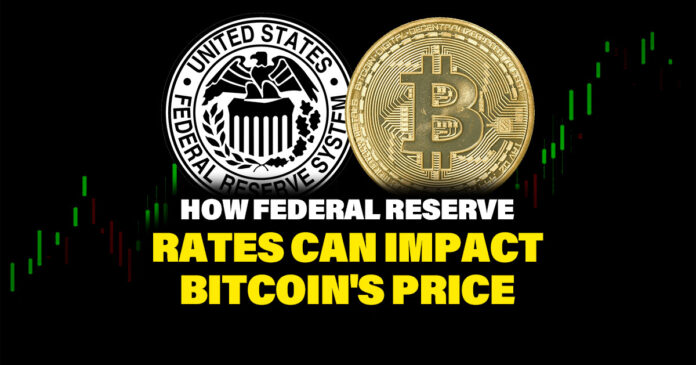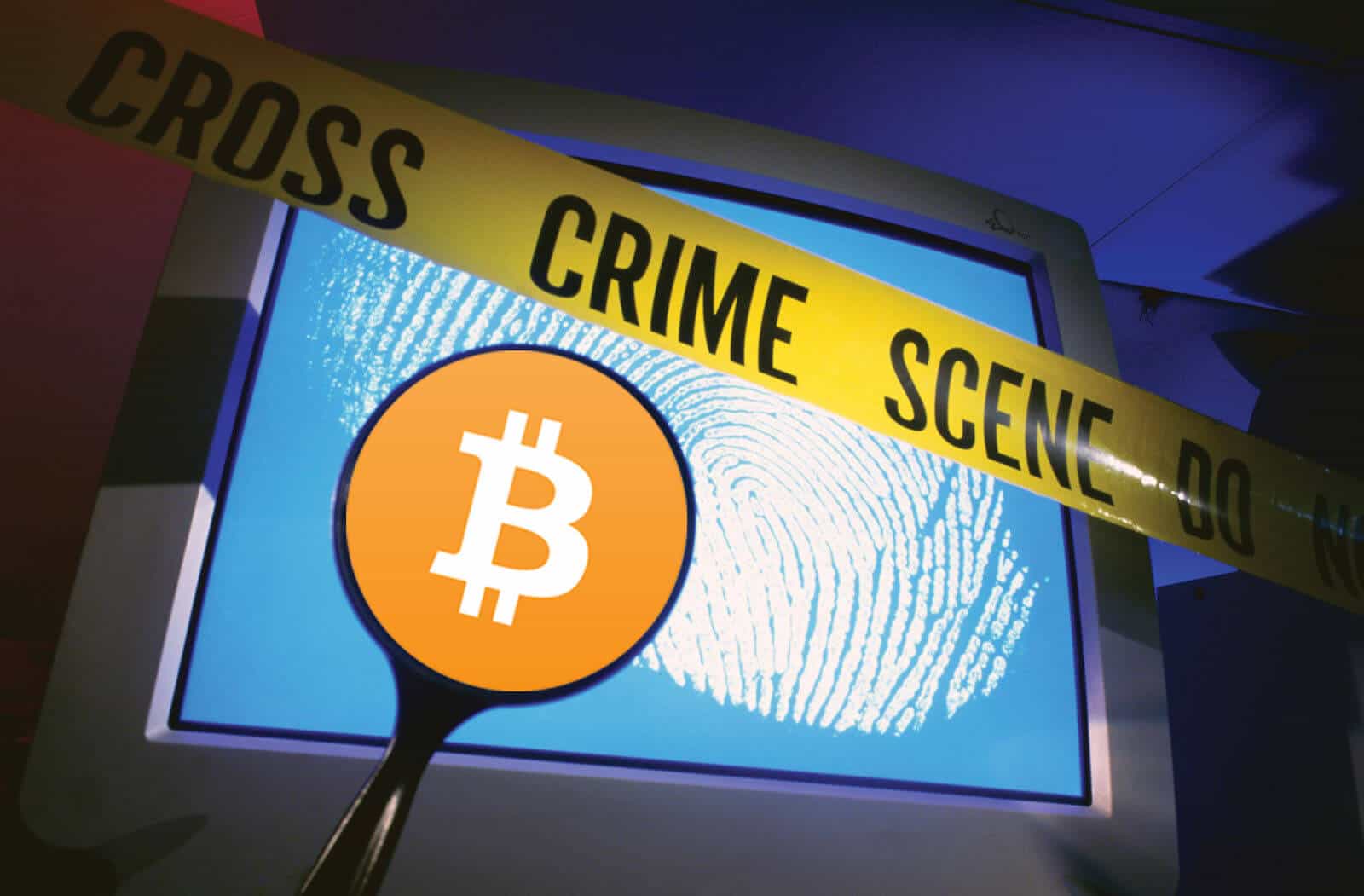Notably, many anticipate this financial challenge to persist and potentially worsen for the Federal Reserve.
Ironically, while this might seem like grim news for the Fed, it could be a silver lining for risk assets like Bitcoin. Let’s discover how the behavior of these rates can impact Bitcoin’s price.
Rising Concerns of Doubling Losses
The primary cause behind this significant financial setback stems from the interest payments on the Federal Reserve’s debt, outstripping its earnings from its asset holdings and the services it provides to the financial sector. This fiscal problem raises critical questions regarding potential repercussions on interest rates and the demand for assets like BTC.
Source: St. Louis Fed
Analysts are increasingly concerned that the Fed’s losses, which commenced a year ago, might double by 2024. The central bank classifies these adverse outcomes as “deferred assets,” asserting that there is no immediate imperative to address them.
The Federal Reserve has operated as a consistently profitable institution throughout its history. However, the absence of profits is not impeding the central bank’s capacity to enact monetary policies and fulfill its objectives.
The Unprecedented Losses
The Federal Reserve’s balance sheet has incurred substantial losses, a phenomenon not entirely unexpected given the substantial surge in interest rates, soaring from near-zero in March 2022 to the present 5.25%. Even if interest rates remain stagnant, the Fed’s losses are poised to linger for an extended period. It could be due to the expansive measures implemented in 2020 and 2021 when the central bank aggressively procured bonds to stave off an impending recession.
Essentially, like a traditional bank, the Fed is obligated to furnish yields to its depositors, primarily composed of banks, money managers, and financial institutions. It’s vital to note that the Fed’s losses do not augment federal budget deficits. Nevertheless, the formerly robust profits it channeled to the Treasury helped curtail the deficit, which has now swelled to $1.6 trillion this fiscal year.
Source: BBC
The Unsustainable Status Quo
This situation is conspicuously unsustainable, especially in light of the burgeoning U.S. debt totaling $33 trillion. While some may attribute this scenario to the Fed’s initial interest rate hikes, it’s crucial to recognize that inflation would not have retraced to 3.2% without these measures, and the economic burden of the cost of living would have persisted.
Inflation and Investment Dilemmas
There is inherent uncertainty in the investment landscape, particularly with the significant demand for short-term bonds and money market funds resulting from trillions of dollars infused into the economy during the pandemic’s peak. Even if one opts for a fixed 5% yield on a three-month investment, there is no assurance that inflation will remain beneath this threshold for an extended duration.
The Looming Question
Moreover, investors are grappling with the risk of dilution each time the U.S. Federal Reserve injects liquidity into the market, whether through asset sales from its balance sheet or the Treasury’s debt limit extensions. The prevailing question pertains to which sector or asset class will emerge as the beneficiary when inflation eventually catches up with short-term Treasury yields.
Navigating Uncertain Waters
The S&P 500, standing just 7% below its all-time peak, and a real estate market strained by mortgage rates at their highest in over two decades presents investors with a quandary. While the S&P 500’s index valuation seems reasonable, trading at 20x estimated earnings compared to prior peaks of 30x multiples or higher, there’s a palpable unease that the Fed may be compelled to heighten interest rates further to counter rampant inflation.
As the cost of capital ascends, corporate earnings come under duress, rendering investors without a secure refuge for their cash reserves. Currently, Bitcoin and other cryptocurrencies may not appear as an obvious hedge option. Yet, this perspective might evolve as investors recognize the essentially limitless nature of the U.S. government’s debt ceiling. Hence, it becomes increasingly logical to incrementally accumulate these assets, irrespective of short-term price fluctuations, in the quest for a dependable financial harbor.
The Ongoing Regulatory Scrutiny
Regulatory scrutiny is casting a shadow in the crypto sphere, with three key factors taking center stage. These developments are poised to influence the market significantly, adding an element of uncertainty for participants.
CFTC’s Unanticipated Focus on DeFi
A surprising twist in the regulatory landscape is the sudden attention from the Commodity Futures Trading Commission (CFTC) on DeFi, particularly DEXes. The CFTC’s recent actions involve charging three DEXes for their alleged illegal offering of derivatives trading.
Concurrently, the CFTC has escalated its criticism of DeFi, which is particularly noteworthy given that derivatives DEXes are among the prominent players in the DeFi ecosystem. This heightened scrutiny from the CFTC could rattle the entire DeFi niche.
SEC’s Ongoing Focus on NFTs
In parallel, the SEC remains resolute in pursuing the crypto industry, specifically emphasizing NFTs.
Notably, the Stoner Cats NFT collection recently found itself in the SEC’s crosshairs, possibly foreshadowing forthcoming enforcement actions against larger NFT collections.
This situation is more concerning because SEC Chairman Gary Gensler appears undeterred by the mounting resistance, as evidenced by his recent reaffirmation of the agency’s stance during a hearing.
Intensifying Scrutiny of Binance
Arguably, the most prominent crypto-related factor demanding attention is the escalating regulatory scrutiny surrounding Binance. The recent resignation of the CEO of Binance.US, alongside other high-ranking executives, has drawn significant notice. The SEC now alleges that Binance is uncooperative with its ongoing investigation, a situation amplified by the SEC’s recent sealing of documents, sparking speculations of a potential criminal inquiry.
Meanwhile, several large-scale crypto transaction trackers, such as Whale Alert, have detected substantial ETH outflows directed toward exchanges. This move is interpreted as an indication of intentions to sell, potentially contributing to ETH’s sustained weakness against BTC. Combined with DeFi scrutiny, Coinbase CEO Brian Armstrong’s call for resistance, and unnerving remarks from ConsenSys CEO Joseph Lubin, it paints a rather uncertain picture.
Silver Lining for BTC
Bitcoin has seen gains for the month in a surprising turn of events. It’s worth noting that historically, September has been a challenging month for BTC. It could signify a deviation from historical patterns or hint that a market shakeout is still on the horizon.
Given the multifaceted challenges highlighted above, the likelihood leans toward the latter scenario. However, it’s important to acknowledge that the crypto space remains ripe with potential catalysts, any of which could propel the market in a bullish direction.
Disclaimer
The information discussed by Altcoin Buzz is not financial advice. This is for educational, entertainment, and informational purposes only. Any information or strategies are thoughts and opinions relevant to the accepted levels of risk tolerance of the writer/reviewers, and their risk tolerance may be different from yours.
We are not responsible for any losses that you may incur as a result of any investments directly or indirectly related to the information provided. Bitcoin and other cryptocurrencies are high-risk investments, so please do your due diligence.
Copyright Altcoin Buzz Pte Ltd.





























